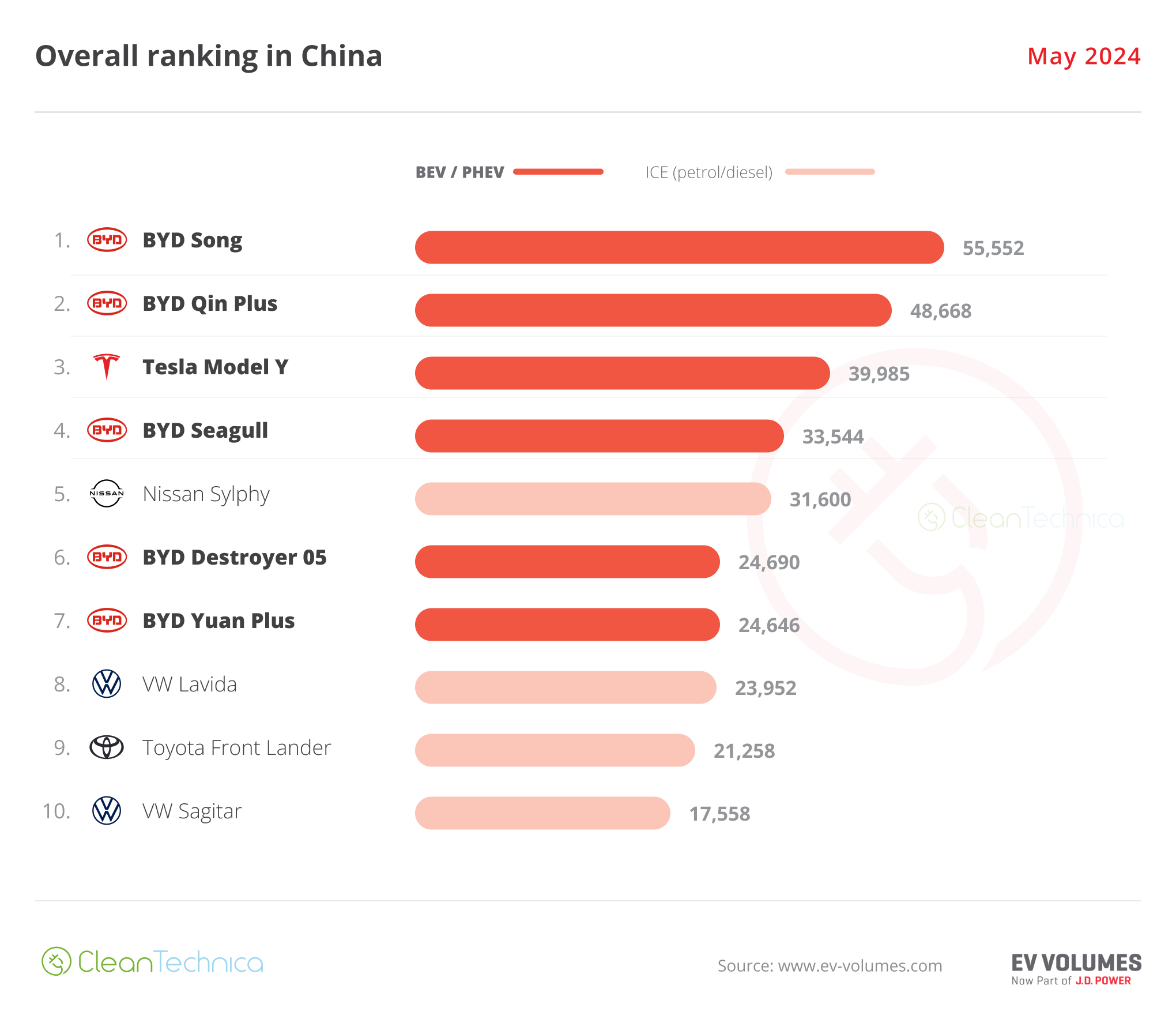Sign up for daily news updates from CleanTechnica on email. Or follow us on Google News!
Tell the truth. This is not the only autonomous failure. Electrek‘s Lambert has cut ties with Tesla permanently in part because the latest version of FSD is a joke. (And other reasons.) In recent tests, ArsTechnica wrote, “Tesla’s controversial ‘Full Self Driving’ is now capable of some quite advanced driving. But that can breed undeserved complacency, according to independent testing. The partially automated driving system exhibited dangerous behavior that required human intervention more than 75 times over the course of more than 1,000 miles (1,600 km) of driving in Southern California, averaging one intervention every 13 miles (21 km).”
It’s so bad that some journalists have elected to sell their shares and publicly state their views.
Robotaxi dreams are based on provable falsehood. There can never be a reduction of vehicles to ⅓ of present taxis/cars. The lies could be dispelled if people only understood the basics.
I thought of how to show this mathematically, but there are too many people that are not mathematically inclined. I decided it’s better to show with a simplified example that can be well understood.
Smith family has a party. 12 guests are invited. The guests come in three cars, each with 4 people. They enjoy themselves and return in their three cars.
Next time, they have a bright idea. We will take only one car. That will be better. But they cannot all fit into one car. So this time, they take four people, return to get four more, and return again to get four more.
Now, they start thinking. You know, this one car is wearing out three times as fast because it’s traveling much more. We really are not saving anything because it does not matter how many cars we use, they wear out at the rate we travel miles, not by how many cars we use. If we use one car, it wears out 3× faster.
We wear out cars by the number of miles travelled per car. No matter which cars we use, they wear out by miles.
We could buy a bigger vehicle that held more people, and then we would use less vehicles, but we could never get a car with low passenger capacity to do it. That, in a nutshell, is what this is all about. (Well, actually, there is much more, but this is a fundamental concept that debunks a widespread myth.)
That is why the unit of passenger transport is passengers × miles.
- Occupancy is passengers/vehicle.
- Vehicle × miles = passengers × miles × (vehicles/passenger).
- The number of vehicles used is vehicles, and can only vary with vehicle lifetime and occupancy.
- Vehicles = Vehicle × Miles/(Lifetime Miles)
In conclusion:
- Taxis cannot decrease production of vehicles. Production has to match the number of vehicles that wear out. It has nothing to do with a loopy scheme to put more taxis on the road. Number of vehicles = vehicle × miles/lifetime miles. That is all. If it is the same vehicle type, same transport demand in vehicle miles, the replacement rate is the production rate.
- Fewer taxis cannot transport more people in the same limited amount of time. It’s impossible.
- Fewer taxis cannot transport more people than cars because they travel extra miles to pick up passengers, deadhead miles.
- Replacing buses, trains, and cars with taxis requires more vehicles produced per transport required than any other form of motorized transport. Introducing more taxis displacing buses, and other high occupancy vehicles will result in more unit vehicle production, not less.
- More cars, more taxis, can only result in more traffic congestion, because congestion is all about the space vehicles take per passenger. Cars and taxis use more space per passenger than any other vehicle.
- Present FSD (Full Self Driving) is nowhere near Level 5 autonomous.
- Other autonomous taxis such as Waymo work better, and use a combination of more capable tech, but still have the same problems.
- Cruise snarled traffic, impeded emergency vehicles, and collided with them, and it had failures in San Francisco and in Arizona. Lest you think Waymo is problem free, it isn’t.
Someone did some basic robotaxi math. It’s nuts.
I could mention insurance, but why bother. The whole exercise is inane.
This little side trip from EVs to robotaxis is a disaster and a distraction and has nothing to do with reducing global warming or improving the environment.
Instead, we should be discussing real solutions to transport and why we are oil addicted and overly car dependent. But that is for another future discussion. First the myth has to be broken and the spell car centrism has on minds has to be undone. The answer is not more cars, any kind of car. That discussion is way too large for a single article and deserves a much longer explanation.

Have a tip for CleanTechnica? Want to advertise? Want to suggest a guest for our CleanTech Talk podcast? Contact us here.
Latest CleanTechnica.TV Videos
CleanTechnica uses affiliate links. See our policy here.
CleanTechnica’s Comment Policy




